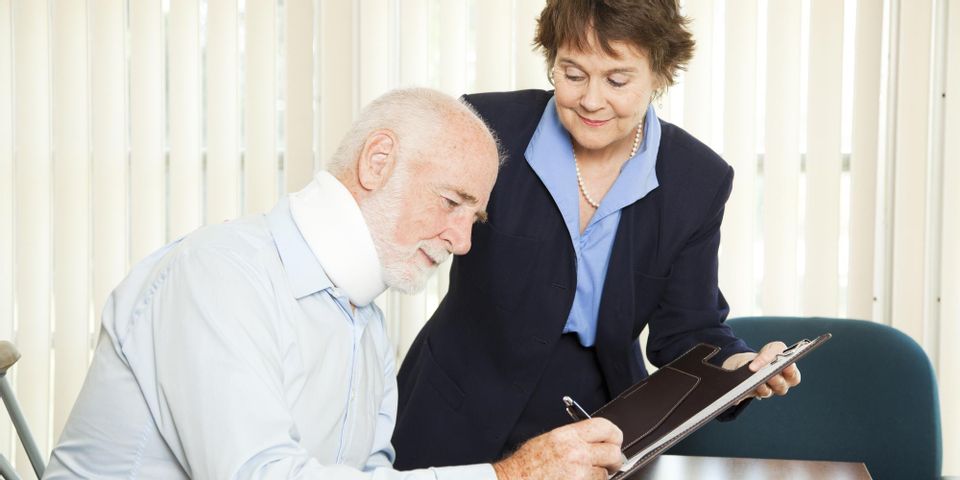
While not all personal injury cases follow the same procedure, there are plenty of commonalities. Knowing these will help you understand what’s happening, how it affects the outcome, and the advice of your personal injury lawyer on your next steps. Here are the basic steps of a personal injury case.
A Guide to Personal Injury Lawsuits
1. Consult an Attorney & Begin an Investigation
A personal injury lawyer works to understand the facts of your case and uses these to begin an investigation. This will help them gain a fuller picture of the incident, including:
- Whether or not negligence was involved
- Who to turn to to seek compensation
- Your medical and financial needs
- Your legal options
2. Send a Demand Package
If your lawyer determines that you have grounds for a case, they’ll send a demand package to the defendant. This is a collection of documents detailing your case, including evidence of the incident in question and the damages you’re seeking. Damages can cover anything from lost wages and medical bills to compensation for pain and suffering.
This process involves physically serving the defendant with a complaint, at which point they review it and decide whether to accept the demands, make a counteroffer, or reject it altogether.
3. File a Claim
 If your demands are rejected, or you receive an unacceptable counteroffer, it may be time to file a claim with the appropriate civil court. Your personal injury lawyer will advise you on whether this is the right move.
If your demands are rejected, or you receive an unacceptable counteroffer, it may be time to file a claim with the appropriate civil court. Your personal injury lawyer will advise you on whether this is the right move.
4. Enter the Discovery Phase
The period before a trial date is set is the “discovery phase.” This involves both legal teams seeking evidence and witness information in preparation for trial. In the discovery phase, each side describes their progress in person before a judge. The possibility of mediation or arbitration is discussed, and a trial date may be set.
This stage can take months, during which the trial date may be pushed back. As the trial draws near, both legal teams intensify their efforts to get the other to settle or withdraw while they compile evidence, select a jury, and continue to meet with one another.
5. Settle or Go to Trial
At any point in the steps above, either party can seek a settlement to avoid trial. This involves agreeing to a certain amount of damages paid or forfeited with no admission of guilt. Due to the effort and complication of a courtroom trial, most people want to avoid this outcome, so the vast majority of personal injury lawsuits end in settlements.
If you need a personal injury lawyer who’s dedicated to getting you the best possible outcome and building a lasting relationship, trust Arndt Buswell & Thorn S.C. in Monroe County, WI. As part of a full-service law firm with over 25 years of experience, these attorneys are equipped to deliver the ideal solutions for personal injury, estate planning, family law, and workers’ compensation cases. To learn more, call (608) 269-1200 or find them online.
About the Business
Have a question? Ask the experts!
Send your question

